The Dark Garden: Unknown plant
georgeiii
12 years ago
Related Stories
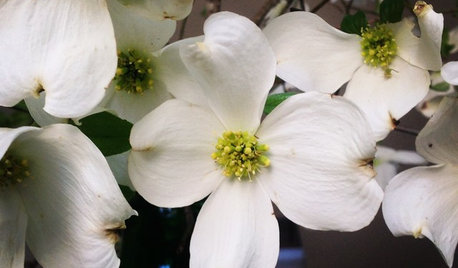
GARDENING GUIDESGreat Design Plant: Cornus Florida Benefits Wildlife
Flowering dogwood provides fiery red foliage in fall and beautiful springtime blooms
Full Story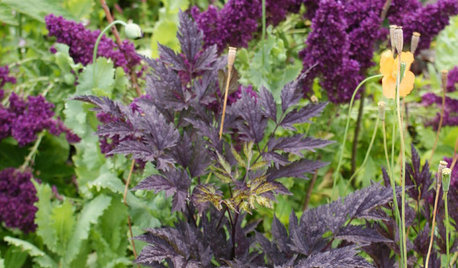
PURPLE FOLIAGEGreat Design Plant: Autumn Snakeroot
Venture fearlessly into the dark with this striking almost-black plant that brings a dramatic mood to the garden
Full Story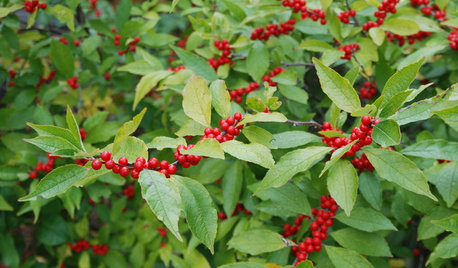
WINTER GARDENINGFire and Ice: 8 Plants That Blaze Once Frost Hits
Not everything in the garden sleeps in the cold — these plants rise and shine in fall and winter, bringing bright color to beat the blahs
Full Story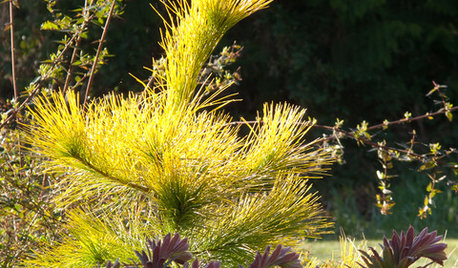
GARDENING GUIDESGreat Design Plant: Louie Eastern White Pine
This stunning golden conifer will bring a smile to your face and add a ray of sunshine to your winter garden
Full Story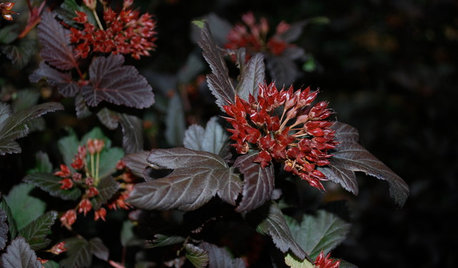
LANDSCAPE DESIGNGreat Design Plant: Sun-Loving Ninebark Puts on a Color Show
This tall, dark and handsome native shrub is equally at home in jeans and boots or in a suit and tie
Full Story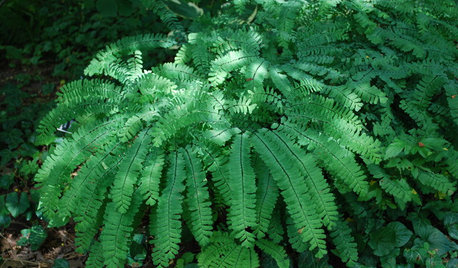
GARDENING GUIDESGreat Design Plant: Northern Maidenhair Fern Softens Shade Gardens
Stir up some romance in dark corners with the billowy fronds of native Adiantum pedatum
Full Story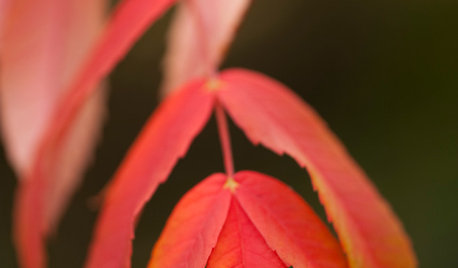
GARDENING GUIDESGreat Design Plant: Rhus Glabra
Smooth sumac provides powerful jolts of fall color and persistent fruit clusters that add interest through the winter
Full Story
NATIVE PLANTSGreat Design Plant: Wild Bergamot, Friend of Foragers
Nourish butterflies and other winged creatures with the tubular flowers of Monarda fistulosa, a pretty pink native
Full Story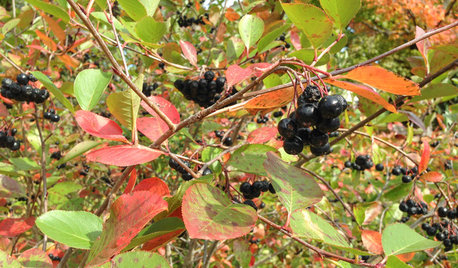
GARDENING GUIDESGreat Design Plant: Aronia Melanocarpa, a Star for Three Seasons
Plant black chokeberry in moist sites in eastern U.S. gardens for colorful spring flowers, red fall foliage and dark blue berries
Full Story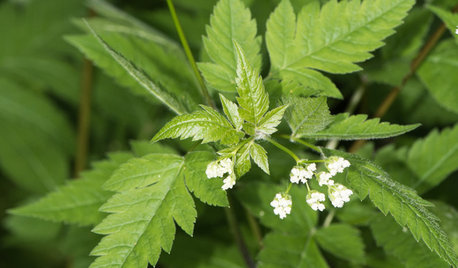
GARDENING GUIDESGreat Design Plant: Osmorhiza Longistylis Provides Texture and Form
Plant longstyle sweetroot in midwestern and eastern U.S. woodland gardens for its fern-like foliage and crisp white flowers
Full Story





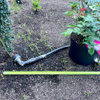
strobiculate
Iris GW
Related Professionals
Derry Landscape Architects & Landscape Designers · Londonderry Landscape Architects & Landscape Designers · Arnold Landscape Architects & Landscape Designers · Allentown Landscape Contractors · Corona Landscape Contractors · Fort Atkinson Landscape Contractors · Homewood Landscape Contractors · Huntington Landscape Contractors · North Highlands Landscape Contractors · Rosemount Landscape Contractors · Saint Paul Landscape Contractors · Chicago Ridge Landscape Contractors · Bensenville Landscape Contractors · Livingston Decks, Patios & Outdoor Enclosures · Tooele Decks, Patios & Outdoor Enclosuresken_adrian Adrian MI cold Z5
brandon7 TN_zone7
Embothrium
linaria_gw
Sara Malone Zone 9b
Embothrium
Sara Malone Zone 9b
Sara Malone Zone 9b
Embothrium
Sara Malone Zone 9b
georgeiiiOriginal Author
botann
Embothrium
Sara Malone Zone 9b
Embothrium
Embothrium
katob Z6ish, NE Pa
Embothrium
katob Z6ish, NE Pa
Embothrium